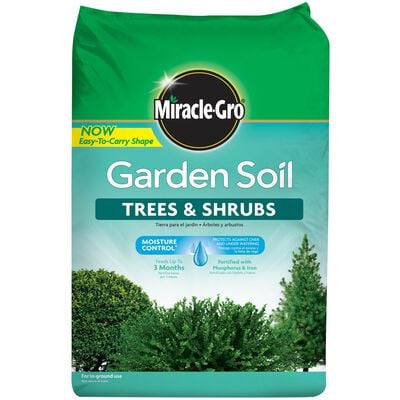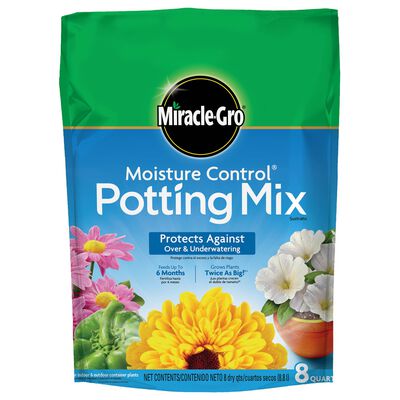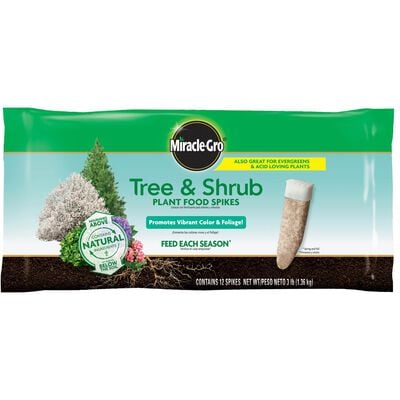
How to Plant & Grow Palm Trees
A tropical getaway in your backyard.
- Plant palm trees that are known to grow well in your climate.
- Keep the root ball moist and backfill the planting hole with a 50/50 blend of native soil and fresh, new soil.
- Use a soaker hose to keep your new palm tree well-watered.
- A month after planting, begin feeding palm trees with plant food.
Want to establish an exotic look in your yard? Plant a palm tree. Plenty of varieties could work in your area. Short palms, tall palms, desert palms and cold-hardy palms grow well in different parts of the country. Follow these steps to learn how to choose and plant palms for a backyard oasis.
1. Choose the Right Palm For Your Climate
If you experience milder winters, you can grow most any palm variety and can make your selection based on size and appearance. If you're in a part of the country where winter temperatures can dip into the 20s, you can still enjoy a variety of palm trees in your yard, including the shorter 8- to 10-foot sago palms and saw palmettos, and the taller European fan palms and Chinese windmill palms, which can reach 15 to 20 feet in height.
2. Decide Where to Plant Your Palm Tree
The right place for your palm will vary depending on what type of tree you have. Some grow tall fast; others need shoulder room. Different species require different exposure to sun. Be sure to find out what kind of space your tree will require as it grows by following the instructions on the tree's tag or asking the staff of your local garden center.
3. Planting Your Palm Tree
Once you've purchased your palm tree, be sure to keep the root ball, the tree's central mass of roots, moist but not saturated. Dig a hole that's twice as wide as your root ball, and deep enough that the top of the root ball sits one inch about the soil. Place the root ball in the hole and backfill with a mixture of one part native soil and one part Miracle Gro® Garden Soil for Palm Cactus & Citrus. This contains plant food specifically formulated for palms, cactus and citrus plants that will feed your palm for up to 3 months.
4. Water Thirsty New Palm Trees
For 2 to 3 weeks after you've planted your palm, keep it well watered. Wrapping a soaker hose around the root area will keep it moist while saving water. After the plant becomes established, you can cut back soak-watering your palm to about 15 minutes twice a month. Cut back on watering during the winter months.
5. Feed Your Palm Tree
Palms have nutritional needs that other trees may not. They depend on ample supplies of magnesium, iron and manganese to keep fronds from yellowing or curling. To keep your palm green and strong, apply Miracle-Gro® Shake 'n Feed Continuous Release Palm Plant Food early in the season, and then about every 3 months thereafter. Work it into the top 1 to 3 inches of soil around the roots, then water thoroughly.
5. Feed Your Palm Tree
Palms have nutritional needs that other trees may not. They depend on ample supplies of magnesium, iron and manganese to keep fronds from yellowing or curling. To keep your palm green and strong, apply Miracle-Gro® Shake 'n Feed Continuous Release Palm Plant Food early in the season, and then about every 3 months thereafter. Work it into the top 1 to 3 inches of soil around the roots, then water thoroughly.



